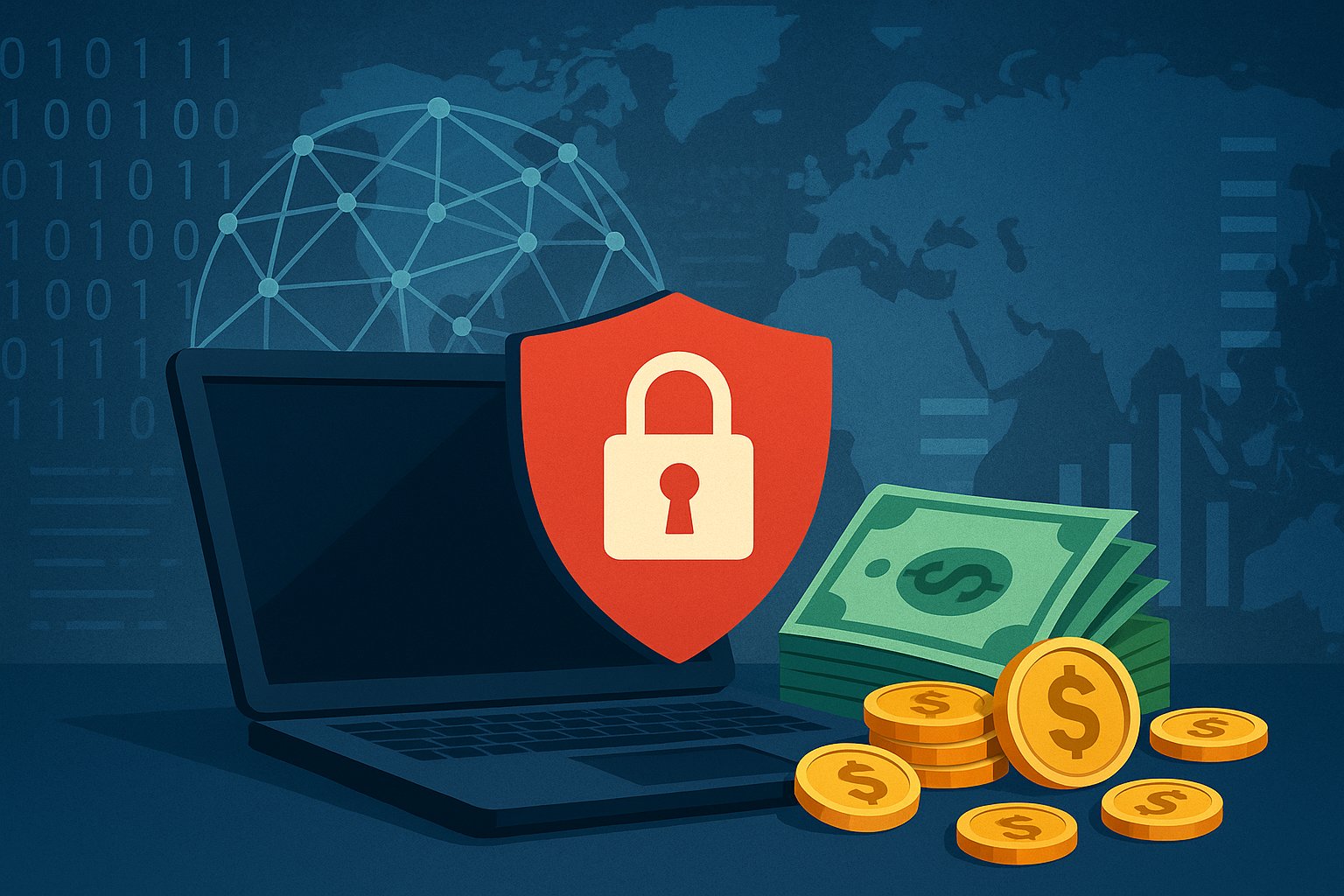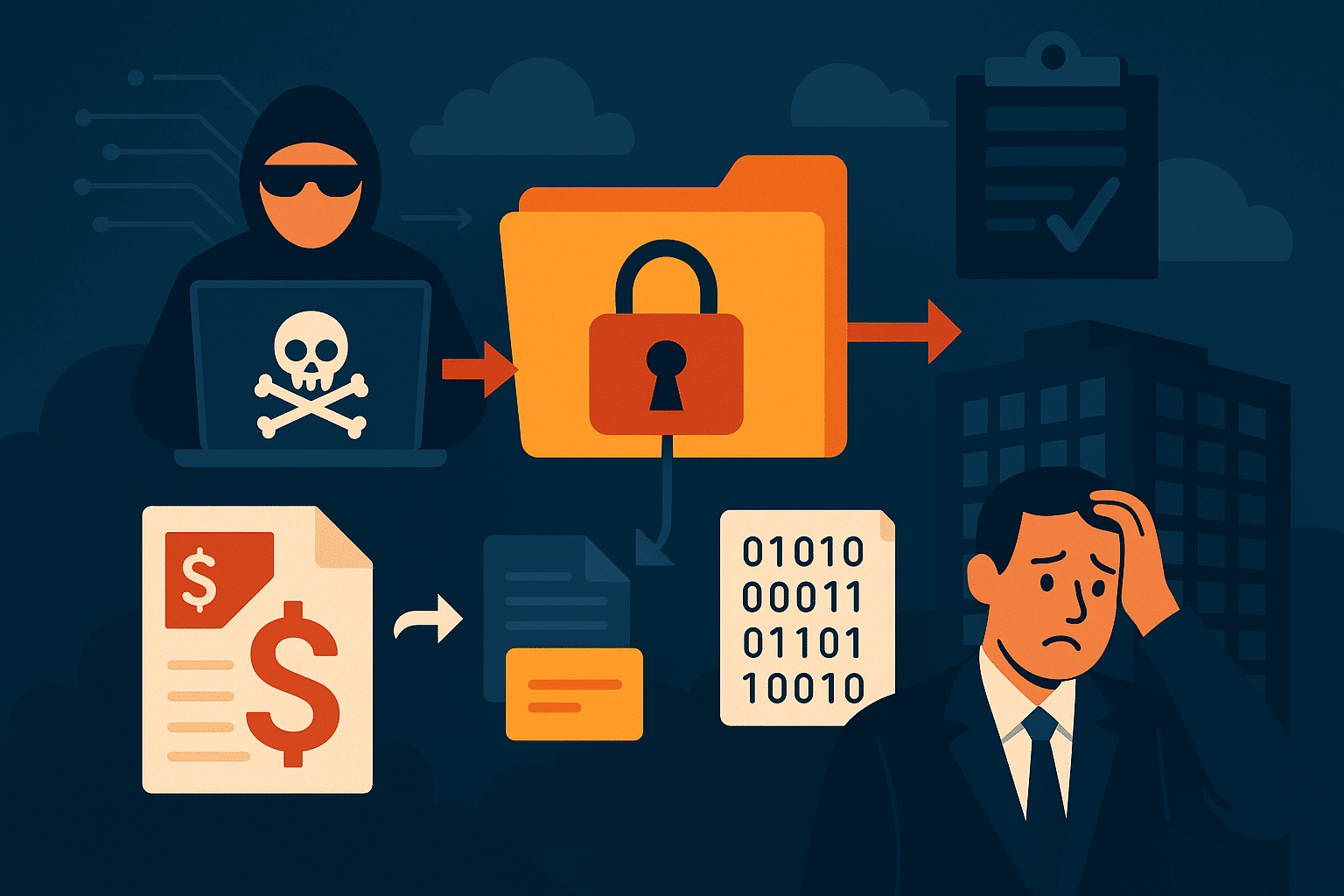Most organisations focus their cybersecurity efforts on external threats; they invest in firewalls, intrusion detection, and endpoint protection. Insiders however are already on the networks, they are trusted and know where to find the corporate data stores. Preparing to manage that sort of threat is very different.
That’s where red team insider threat simulations come into play. These exercises mimic the actions of a malicious or compromised employee to test how resilient an organisation truly is when the attacker is already inside.
Insider threats are hard to detect. Unlike external attackers, insiders already have access to systems, credentials, and sometimes even elevated privileges; they don’t need to try and bypass external controls, they don’t need to conduct noisy reconnaissance, and they often don’t need to rely on malicious software.
When we test these sorts of scenarios, our simulations help answer crucial questions:
- Can security tools detect abnormal internal behaviour?
- Are data access policies and least privilege enforced?
- How quickly can the SOC respond to an insider attempting data exfiltration?
- Do employees know how to report suspicious behaviour from colleagues?
When we design these scenarios, we often need to consider the type of insider we are playing:
Compromised Employee Scenario: This simulation assumes a legitimate user’s credentials have been stolen (via phishing or password reuse). The red team uses these credentials to move laterally, escalate privileges, and access sensitive systems, just as a real attacker would — without triggering alerts.
Rogue Insider with Intent: In this simulation, the red team acts as a disgruntled employee with legitimate access. The goal is to test how much damage a single individual can do from within without raising red flags.
Privileged Abuse Scenario: Red teams mimic an administrator abusing their elevated access. This tests both technical controls and oversight mechanisms.
Social Engineering Internally: Sometimes the threat isn’t technical at all. Red teams may simulate internal social engineering — convincing employees to reveal credentials or grant inappropriate access.
Building on these, and what makes these scenarios valuable, is understanding what the detection and response capabilities are like in relation to them:
- Logging & monitoring: Are internal actions logged, and are alerts in place?
- Data loss prevention (DLP): Can sensitive files be transferred to USB, personal email, or cloud apps?
- Behaviour analytics: Are unusual login times or large file transfers detected?
- HR + Security alignment: Are behavioural red flags being communicated and followed up?
Insider threat scenarios are uncomfortable for many organisations. Many are aware they have blind spots, and they will struggle to detect and prevent these sorts of threats, however, it is for precisely these reasons that they should be included and tested.
If you would like to know more, please reach out and contact us:
Prism Infosec: Cyber Security Testing and Consulting Services









